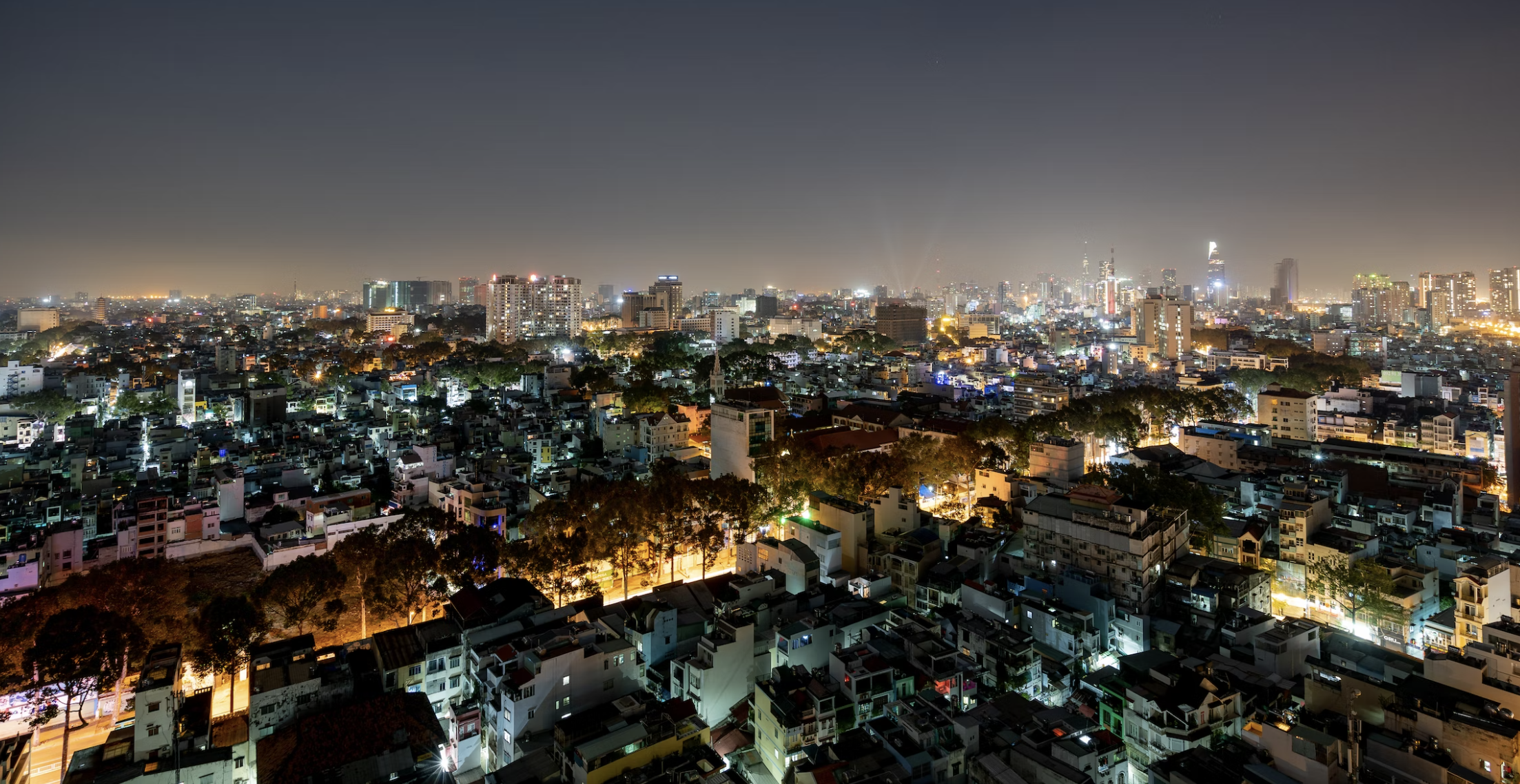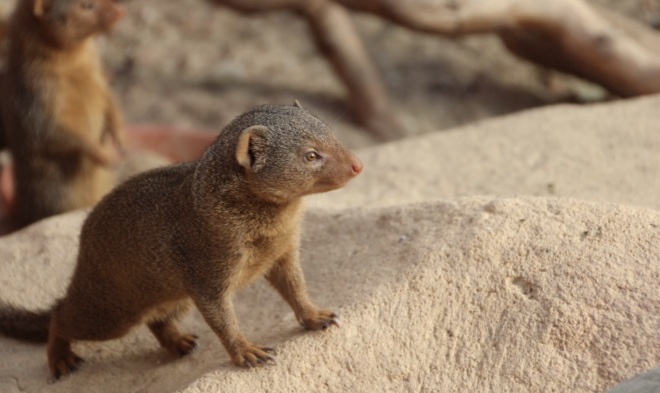
City lights and light pollution are killing small rodents. These are lights in a city in Vietnam but light pollution is everywhere.
A new study on rodents has found that light pollution hurts small mammals. An extensive study at Tel Aviv University’s School of Zoology tested the impact of prolonged low-intensity light pollution on two species of desert rodents: the diurnal golden spiny mouse, and the nocturnal common spiny mouse. The findings were highly disturbing: on two different occasions, entire colonies exposed to ALAN (Artificial Light At Night) died within days, and reproduction also decreased significantly compared to control groups.
The researchers: “Our results show clearly for the first time that light pollution can be extremely harmful to these species, and suggest they may be harmful to ecosystems, biodiversity, and even human health.”
The study was led by Prof. Noga Kronfeld-Schor, Chief Scientist of Israel’s Ministry of Environmental Protection, and PhD student Hagar Vardi-Naim, both from TAU’s School of Zoology and the Steinhardt Museum of Natural History.

Noga Kronfeld-Schor studies light pollution and rodents
The paper was published in Scientific Reports.
Millions of years of evolution undone in 50

Desert rodents killed by lights
Prof. Kronfeld-Schor explains: “We have been studying these closely related rodent species for years. They both live in Israel’s rocky deserts. By comparing closely related species that differ in activity times, we gain new insights into the biological clock and its importance to the health of both animals and humans.”
Hagar Vardi-Naim: “In most species studied to date, including humans, the biological clock is synchronized by light. This mechanism evolved over millions of years in response to the daily and annual cycles of sunlight – day and night and their varying lengths that correspond to the change of seasons. Different species developed activity patterns that correspond to these changes in light intensity and daylength and developed anatomical, physiological and behavioral adaptations suitable for day or night activity and seasonality.”
However, over the last decades, humans have changed the rules by inventing and extensively using artificial light, which generates light pollution. According to latest studies, about 80% of the world’s human population is exposed to ALAN, and the area affected by light pollution grows annually by 2-6%. In a small and overcrowded state like Israel, very few places remain free of light pollution. In our study we closely monitored the long-term effects of ALAN on individuals and populations under semi-natural conditions.”
The average life expectancy of spiny mice is 4 to 5 years, and the original plan was to monitor the effects of ALAN on the same colonies, measuring the effects on reproductive output, wellbeing and longevity. But the dramatic results thwarted our plans: on two unrelated occasions, in two different enclosures exposed to white light, all animals died within several days.
“No abnormal mortality was recorded in any of the other enclosures, and as far as we are aware, no similar event has ever been documented by researchers before,” the researchers report.
Why do we need rodents anyway?

Mice kissing on a poppy seed branch
If you are not a lover of mice or small rodents, you might think this is good news. But every species in the web of life in the city or desert is part of an intricate mechanism that supports our planet. As a Zoologist who worked with small mammals in forests in Ontario, Canada, for the Government of Canada, I learned that small mammals such as mice and voles, are indicator species. How they forage and breed does affect the health of a forest as they are the main scatterers of seeds and nuts which help trees regenerate.
If the mammals go, so do our trees.
We can also learn about ourselves when we look at smaller mammals. If light pollution affects them, there is a good chance it will affect us too, and the researchers confirm this. Previous research we’ve covered on light pollution includes: light pollution make crickets chirp in the daytime, light pollution is stopping coral reefs from spawning, and we’ve seen research that it hurts bats too. So if you think light at night is a good thing for your backyard, think again. Just like we are planing wildflowers to bring back the bees, turn off your lights at night to help the small mammals.
